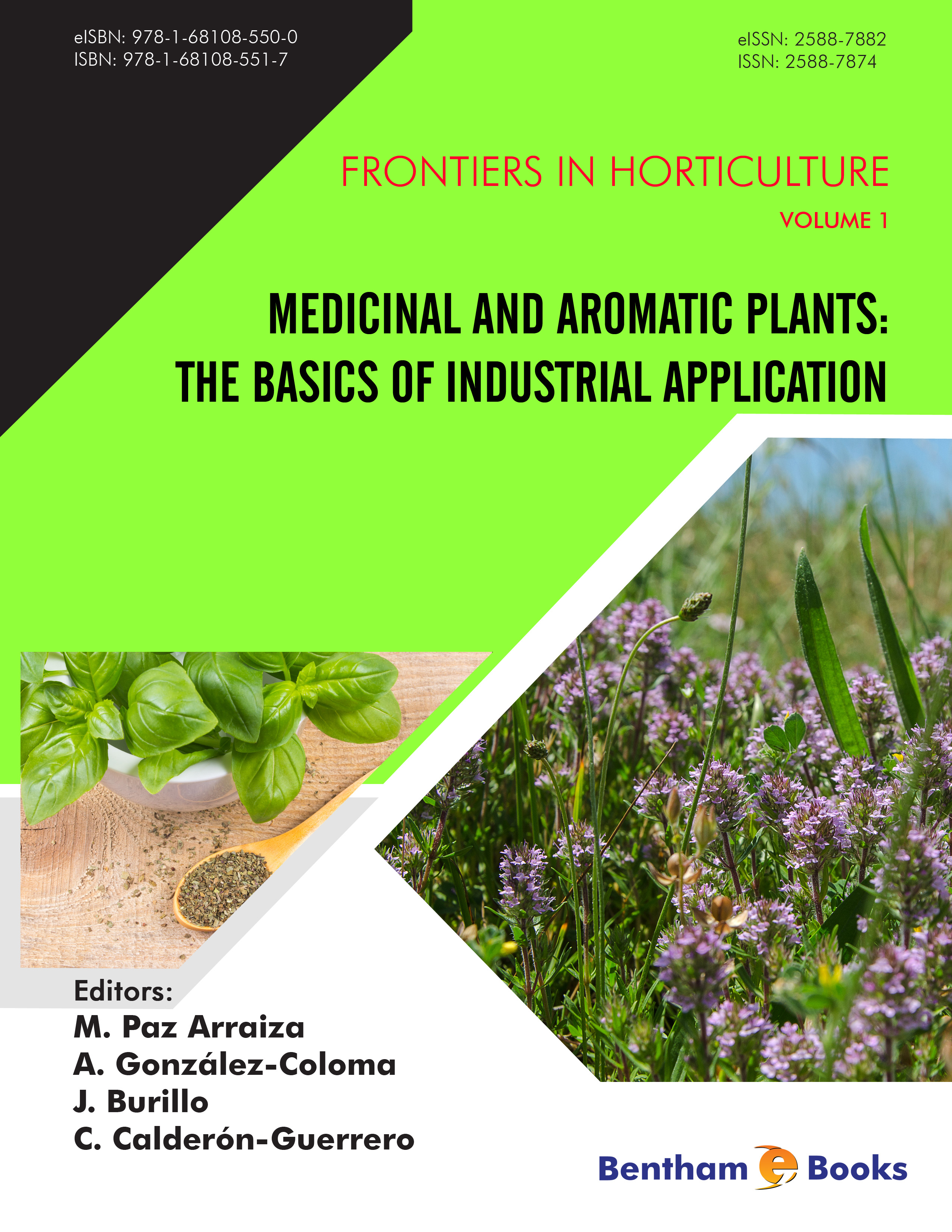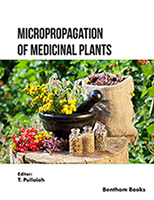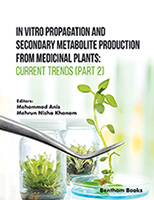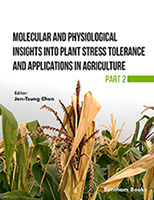Medicinal and Aromatic Plants (MAPs) have been accompanying mankind from its very early beginnings, still mainly due to their tremendous diversity even today these plants constitute a relatively less explored group of economic plant systems.
MAP diversity implies both practical and scientific aspects. The initial practical aspects refer to the traditional uses of plants, mostly in healing and medication. According to a frequently cited data in the special literature, approx. 80% of the world’s population makes use of plants or plant derived substances in their every-day medication (Akerele, 1992). In order to curb the overexploitation of these valuable natural resources, since the Chiang Mai Declaration of 1988, much attention has been paid to their sustainable use and exploitation. In addition to sustainable wild-crafting from the natural populations, the cultivation of MAPs is being regarded as an important, sustainable form of dependable raw material production of good quality crude drugs to be used safely and with efficacy in an extremely wide range of uses. Precondition for all this is a sound knowledge of the influencing factors and the targeted transfer into practice of scientific, as well as practical knowledge.
It is the above-mentioned knowledge that is summarized in present eBook, in a relatively concise though transparent way. The volume is divided into two major Parts, Part I Medicinal and Aromatic Plants growing and uses and Part II A study case of MAPs production, uses and commercialization. Artemisia absinthium var. Candial.
Starting out from the botanical and chemical aspects of MAPs (active principles incl. identification, isolation and purification) through basic knowledge about most frequently applied methods of horticultural production technology, harvesting, as well as processing Part I. is a virtual storehouse of valuable information. Importantly, insight is provided into the achievements of a wide range of sciences involved. In harmony with the modern requirements on safe medicinal plant use, the subsequent chapters deal with quality management, quality control of MAPs.
As a quasi evaluation of all the knowledge on the uses and commercialization of MAPs discussed in the previous chapters, the book offers Readers a case study on wormwood (Artemisia absinthium var. Candial), a woody perennial species of the genus Artemisia which is native mostly to the temperate regions of Eurasia and Northern Africa and is widely naturalized also on the North American continent. The selection of wormwood as a model plant can be regarded symbolic, since this species is known and used from the early times of human civilizations. As such, it can be regarded as an example for the timelessness diversity and wealth of medicinal and aromatic plants. In addition, wormwood is grown not only as an ornamental plant but it has acquired reputation as an ingredient of the famous European beverage absinthe. Its manifold uses include expelling round worms and threadworms, treating irritations, sprains and bruises. Planted as a companion plant it is reputed to repel slugs, snails, aphids, etc. In cultivation it can be propagated both vegetatively by semi-hardwood cuttings and by seeds, so that this ancient plant constitutes a good example to illustrate many of the principles related to the cultivation, processing and utilization of medicinal and aromatic plants described in the previous chapters of Part 1. It is a special value of the book that the Authors collective of well-known representatives of their profession have paid a special attention to the requirements of quality management including the characterization and valorization of extracts obtained from wormwood which in the case of all MAPs is of great importance.
This e-book is expected to be a useful addition to the not too abundant science based special literature on MAPs. It is a multi-faceted volume with a wealth of useful and up-to-date information for those who wish to orientate themselves in the science and practice of medicinal aromatic plant diversity.
Habil. Prof. Dr. MÁTHÉ
President of International Council for Medicinal and Aromatic Plants
West Hungarian University
Faculty of Agriculture and Food Science
Department of Botany
H-9200 Mosonmagyarovar, Var u. 2. - Hungary
Tel.: +36-96-566-683
Fax: +36-96-566-610
E-mail: amathe@mtk.nyme.hu





